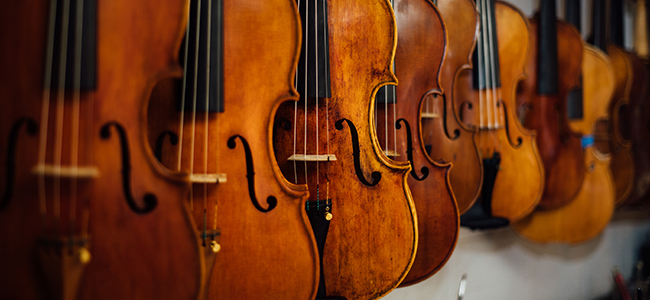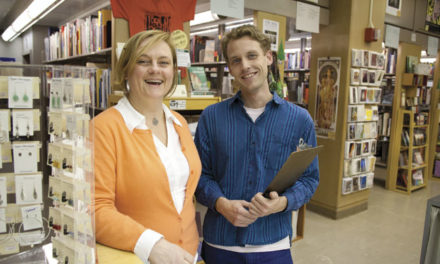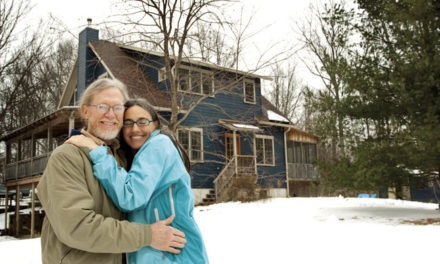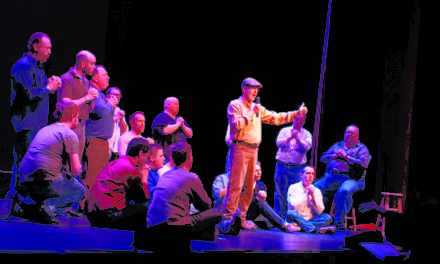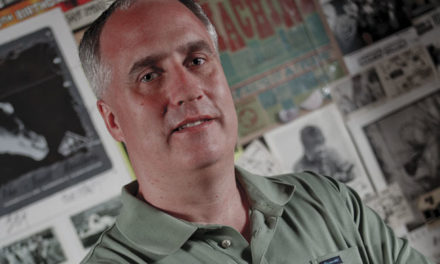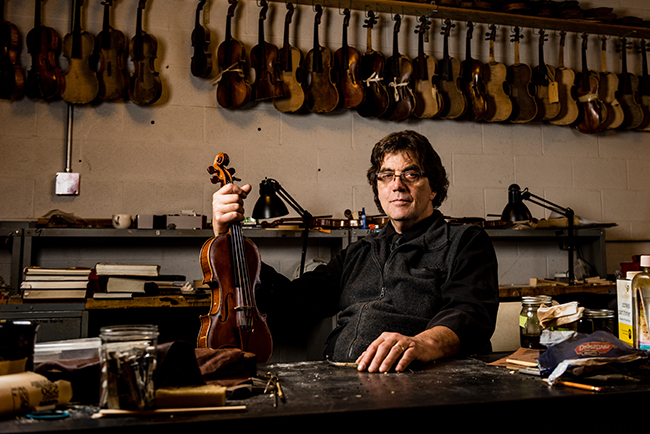
BY PAUL BICKLEY
“My mother was a violinist,” says Tom Sparks, “and when I was 14, I took her Joseph Guarneri violin apart with a butter knife. That’s when I was introduced to my first violin maker.”
The experience made an impression. Today, Sparks, 65, is professor of violin making and director of string instrument technology at Indiana University. As such, he directs the only accredited university program in the world that trains students to build and repair stringed instruments. Sparks was in the first class to graduate from the violin shop’s string instrument repair program, which started in 1978, studying under master violin maker Ole Steffen Dahl. He took over the directorship of the shop when Dahl retired in 1987.
Students make a two-year commitment to the workshop, gathering three hours a day, five days a week, to shave violin backs with hand planes, carve out F-holes, and perform calculations. “There’s a lot of math and physics involved,” Sparks says. “And some voodoo.”
Learning to build a violin begins by disassembling, repairing or modifying, and reassembling a donated instrument. Then students learn how to build one of their own. Sparks says it takes two years to learn how to make a violin “if you work hard — and three if you don’t.” Students can generally complete their second violin in just two months. Classes consist of lectures on tools, processes, and instrument components. There’s also a lot of hands-on time.
What happens to instruments made in the workshop? “Builds don’t stay here,” Sparks says. “And they sell for between $3,000 and $10,000.” Students sell the instruments on their own, and the money from their sales goes to the student-makers.
The workshop is also a boon for students when graduation rolls around. “This lab offers another option to undergraduate music students,” says Sparks. “Since 1978, 95 percent of the shop’s graduates have worked in the field — and they got jobs immediately. Other shops call to bid on them.”
Undergraduates can earn an associate degree (or a bachelor’s degree through the independent major program) in violin making, and graduate music students can earn a minor. But anyone can enroll. Those who have never played music must take a concurrent strings course.
For more information, email Sparks at thsparks@indiana.edu.


